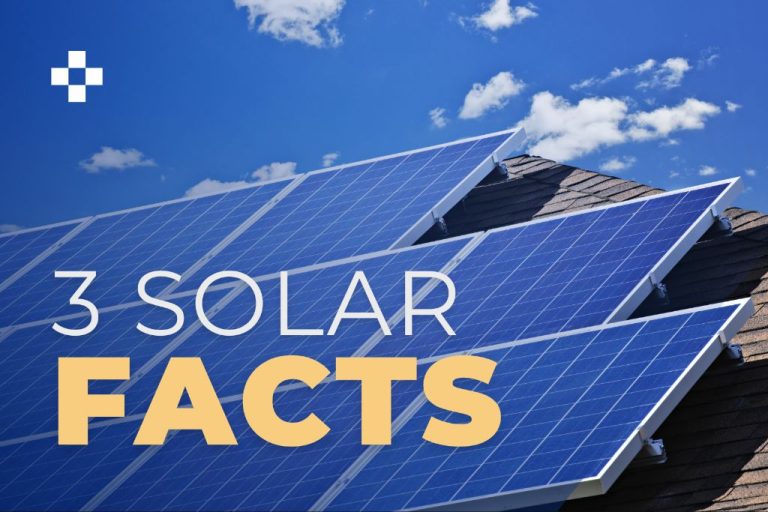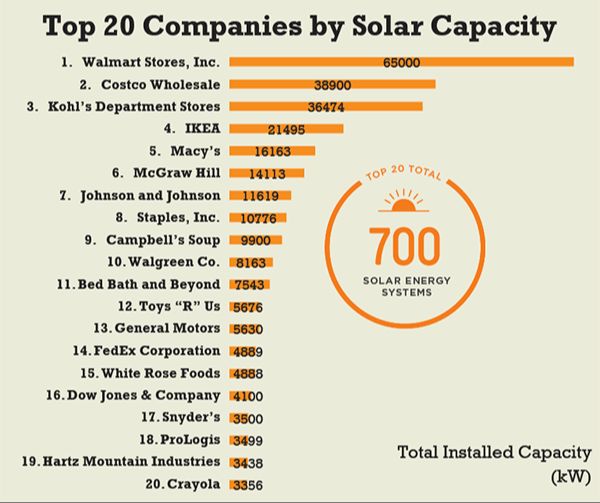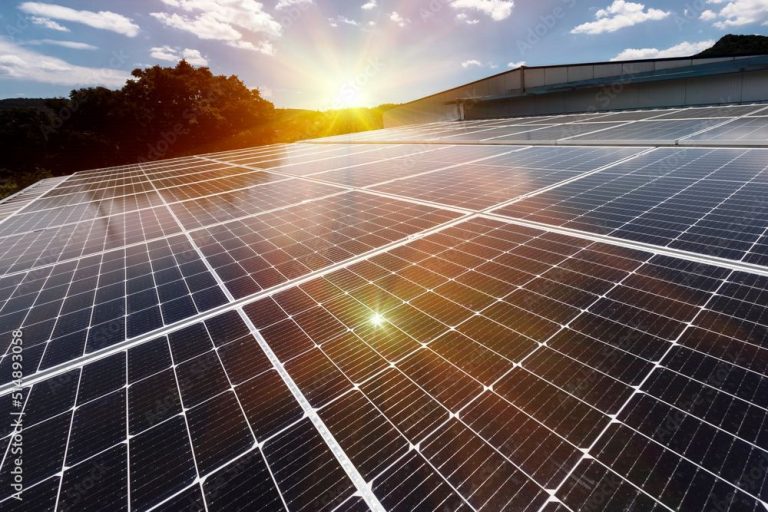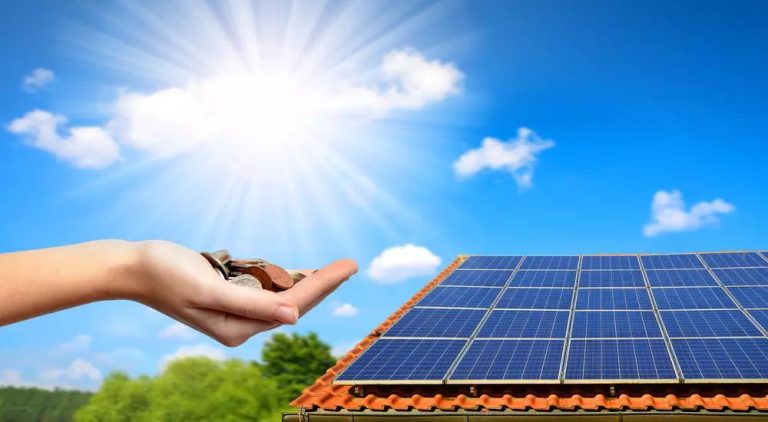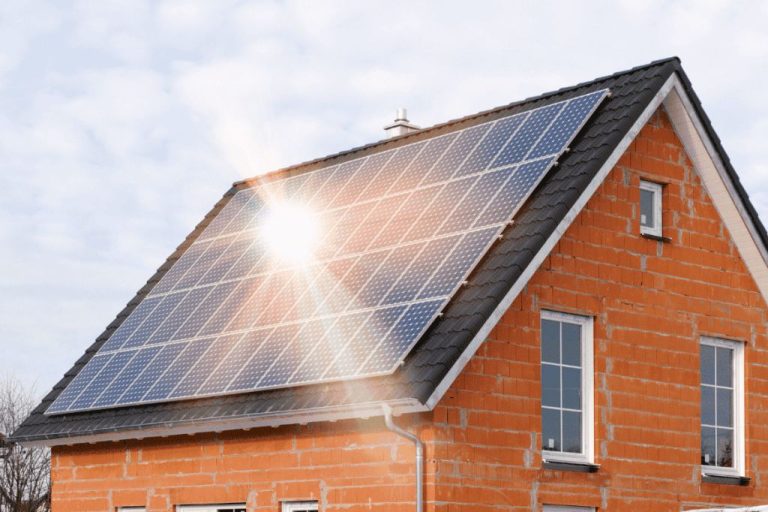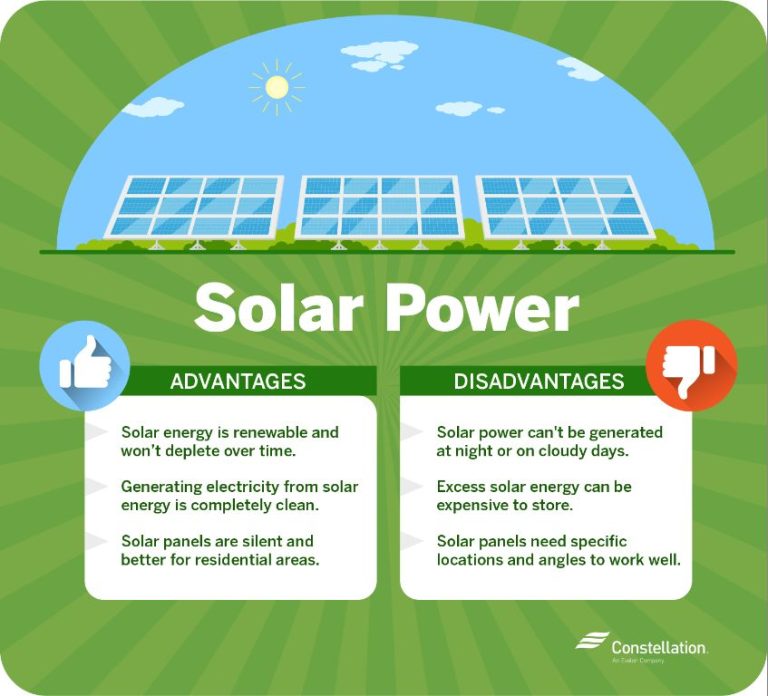How Do You Describe Renewable Sources Of Energy?
Renewable energy comes from natural sources that are constantly replenished. Some of the main renewable energy sources include solar, wind, hydropower, bioenergy, and geothermal. Transitioning to renewable energy is crucial to combat climate change and build a sustainable future, as renewable sources produce much less greenhouse gas emissions than fossil fuels.
Unlike coal, oil, and natural gas, renewable sources are unlimited and will not run out. Renewables also strengthen energy security and independence, as they rely on domestic resources rather than imported fuels. The most common renewable energy types are:
Solar
Solar energy comes from the sun in the form of radiant light and heat. There are two main technologies for harnessing solar energy: photovoltaics (PV) and solar heating and cooling systems.
Photovoltaic systems directly convert sunlight into electricity through the use of solar panels containing photovoltaic cells. The PV cells are made of semiconductor materials that release electrons when exposed to sunlight, generating an electric current. This electricity can be used immediately, fed into the grid, or stored in batteries for later use. PV system sizes range from small rooftop systems to large utility-scale solar farms. The solar PV industry has seen dramatic growth in recent years due to falling costs and supportive policies.
Solar heating and cooling (SHC) systems use the sun’s thermal energy to provide hot water, space heating, cooling, and process heat. Common SHC technologies include solar water heaters, solar air heaters, and solar absorption cooling systems. SHC is a proven, cost-effective technology that reduces energy consumption and emissions. It can meet up to 100% of a building’s hot water demand and 50-70% of space heating and cooling needs. The SHC market is also expanding globally, with China leading in total installed capacity.
The pros of solar energy include its abundance, renewability, and environmental benefits. Once installed, sunlight is free and infinite. Solar PV produces no air pollution or global warming emissions during operation. The cons include high upfront costs, intermittency (solar is only available during daylight hours), and large land requirements for utility-scale projects. Overall, solar energy is a versatile technology with great potential to help meet our energy needs in a sustainable manner.
Wind
Wind power harnesses the kinetic energy of moving air to generate electricity using large wind turbines. Wind power can be generated both onshore and offshore using wind farms that consist of many individual wind turbines.
In recent years, wind power has seen substantial growth as costs have declined and technology has improved. According to the U.S. Energy Information Administration, utility-scale wind power capacity grew from about 10 gigawatts in 2005 to over 122 gigawatts in 2021.
Wind power offers several advantages as a renewable energy source. Wind turbines produce no greenhouse gas emissions during operation. Wind power is also one of the lowest priced renewable energy technologies available today. However, wind power does have some limitations. Wind turbines only generate power when the wind is blowing within certain speeds. Birds and bats can also be impacted by wind turbines. Visually, some find utility-scale wind farms to be an eyesore, especially in natural landscapes.
Overall, wind power represents a clean, renewable energy source that continues to expand as technology improves. With both onshore and offshore opportunities, wind power is poised to play a major role in the transition toward renewable energy.
Hydropower
Hydropower harnesses the energy of flowing water to generate electricity. It uses the potential energy of dammed water in a reservoir or the kinetic energy of water flowing in rivers to turn turbines and generate power. Hydropower is considered a renewable energy source as it relies on the water cycle to replenish its fuel source.
There are two main types of hydropower facilities: large hydropower and small hydropower. Large hydropower facilities have a generating capacity of more than 30 megawatts and often utilize dams and reservoirs to control water flow. Small hydropower facilities have a generating capacity under 30 megawatts and often divert a portion of a river through a canal or pipe.
Pumped storage hydropower facilities can act like large batteries, storing power by pumping water uphill to a reservoir during times of low electricity demand and releasing it to generate electricity during high demand periods. Pumped storage provides grid reliability and integration services to the electrical grid.
Pros of hydropower include its renewable nature, low operating costs since no fuel is required, and ability to quickly adjust output to meet shifts in electricity demand. Hydroelectric dams also provide recreation, flood control, and water supply benefits.
Cons of hydropower include high upfront capital costs, and habitat destruction and displacement for local ecosystems and communities. Dams can obstruct fish migration and change water temperatures downstream. Large reservoirs also create emissions like methane from decomposing organic matter.
Bioenergy
Bioenergy refers to renewable energy derived from organic matter, known as biomass. The main sources of bioenergy are:
- Biomass from plants and trees
- Biogas from organic waste and sewage
- Biofuels like ethanol and biodiesel
Biomass can be burned directly or processed into pellets, briquettes, and other forms to generate electricity and heat. Biogas is produced from anaerobic digestion of organic matter and can also be burned for energy. Biofuels are liquid transportation fuels made from biomass feedstocks like corn, sugarcane, and vegetable oils.
Key advantages of bioenergy include:
- Renewable and sustainable resource
- Reduces dependence on fossil fuels
- Lower carbon emissions compared to fossil fuels
- Creates jobs and supports rural economies
Potential disadvantages include:
- Air pollution from burning biomass
- Intensive land and water use for energy crop production
- Food security and biodiversity concerns with large-scale monocultures
- Variable and inconsistent supply
Overall, bioenergy can provide clean and renewable energy to help meet climate goals if sustainably produced and supported by appropriate policies.
Geothermal
Geothermal energy utilizes heat from within the earth to generate electricity and provide heating and cooling. There are three main types of geothermal energy systems that are used for electricity production:
Dry Steam Plants: These plants use steam from a geothermal reservoir to directly drive turbine generators. The first geothermal power plant was built in 1904 in Tuscany, Italy using this design.
Flash Plants: These plants take high-pressure hot water from deep inside the earth and convert it to steam to drive turbine generators. Flash plants are the most common geothermal power plant design.
Binary Cycle Plants: These plants pass moderately hot geothermal water through a heat exchanger to heat a separate liquid with a much lower boiling point, causing it to vaporize and drive a turbine. Binary cycle plants emit very few greenhouse gases.
In addition to electricity generation, geothermal energy can be used directly for heating homes, buildings, hot springs, and agriculture through geothermal heat pumps. Using the stable temperatures underground, geothermal heat pumps transfer heat between the earth and a building.
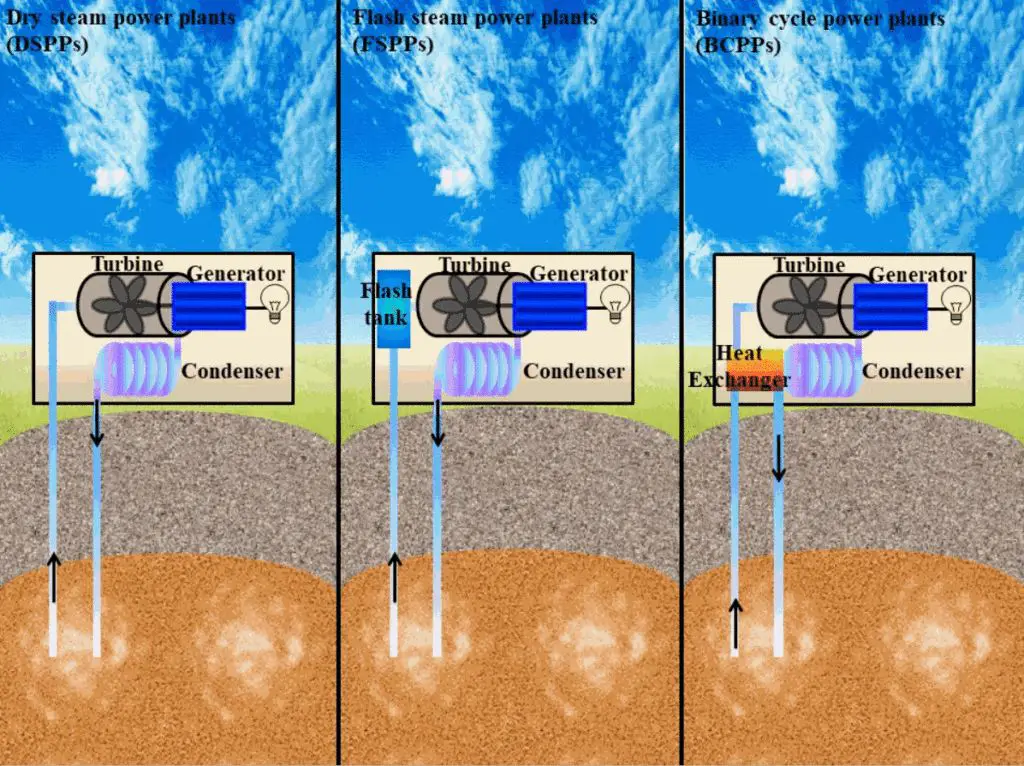
Some of the pros of geothermal energy are that it provides continuous base load power, has low emissions, and requires a small land footprint per kWh generated. Some cons are that it can only be built in geologically favorable areas, has high upfront costs, and can release greenhouse gases or toxic chemicals from deep underground if not managed properly. Overall, geothermal is a renewable, mostly emission-free energy source that provides reliable power and heating in many parts of the world.
Wave & Tidal
Wave and tidal energy utilize the powerful motion of the oceans to generate electricity. Wave power captures energy from surface waves, while tidal power captures energy from the rise and fall of tides.
There are several types of technologies used to harness wave and tidal energy:
Wave Energy Converters: These devices sit on the surface of the ocean and capture energy as waves pass. Some common types are point absorbers, attenuators, overtopping devices, and oscillating water columns.
Tidal Stream Generators: These underwater turbines are placed in fast moving tidal currents. The tidal stream spins the turbines to generate electricity, similar to how wind turbines work.
Tidal Barrages: Barrages act like dams by capturing water in reservoirs during high tides and releasing it during low tides. As water flows in and out, electricity is generated through turbines.
The advantages of wave and tidal power include predictability, lower visual impact, and no greenhouse gas emissions. However, there are challenges around high costs, surviving harsh ocean conditions, and potential environmental impacts on marine life.
Overall, wave and tidal energy represent promising renewable technologies, but will require more research and development to become commercially viable on a large scale.
Hydrogen
Hydrogen is emerging as a promising clean fuel for the future. There are several ways to produce hydrogen, but two main methods have emerged: green hydrogen and blue hydrogen.
Green hydrogen is produced through electrolysis powered by renewable energy sources like solar or wind. Water molecules are split into hydrogen and oxygen gases, producing an emissions-free fuel. The main advantage of green hydrogen is its sustainability. The main challenges are the high costs of renewable infrastructure and scaling up production.
Blue hydrogen starts with fossil fuels like natural gas, capturing the carbon emissions and storing them underground through a process called carbon capture and sequestration. Blue hydrogen has a lower cost currently but still results in some carbon emissions. It serves as a transition solution until green hydrogen becomes more cost-competitive at scale.
The main uses for hydrogen are in transportation, electricity generation, and industrial applications. For transportation, hydrogen can power fuel cell vehicles with only water as the emission. It can also be blended with natural gas to reduce emissions from traditional combustion engines. For electricity, hydrogen can store renewable energy and convert it back into electricity when needed. For industry, hydrogen can provide intense heat for high-temperature manufacturing processes in place of fossil fuel combustion.
The major challenges for widespread hydrogen adoption are reducing production costs, building distribution infrastructure like pipelines and refueling stations, ensuring safety, and bringing down the costs of fuel cells. But many governments and companies are investing heavily in hydrogen, recognizing its potential to enable deep decarbonization across the energy system.
Storage
Energy storage plays a critical role in the adoption of renewable energy sources. Since the sun isn’t always shining and the wind isn’t always blowing, storage provides a way to capture the energy produced from these variable sources and dispatch it when needed. Several storage technologies are being used or explored to enable higher penetrations of renewables.
Batteries are one of the most popular and rapidly developing storage solutions. Lithium-ion batteries, like those used in electric vehicles and consumer electronics, can also be scaled up for grid-level storage. Battery storage systems allow renewable energy generated when the sun is shining or wind is blowing to be stored and used hours, days or even months later. Batteries can also help stabilize the grid by releasing energy during periods of high demand.
Pumped hydro storage is another major storage technology. It accounts for over 90% of all utility-scale energy storage worldwide. Pumped hydro facilities pump water uphill to a reservoir during times of excess renewable energy production and release it through hydroelectric turbines when power is needed. The storage capacity makes pumped hydro vitally important for managing variable renewables.
Other emerging storage technologies include compressed air energy storage, thermal storage, and hydrogen storage. Continued innovation and cost declines in storage are critical to enable higher amounts of solar, wind and other renewables on the grid. Storage helps reduce curtailment of renewables when supply exceeds demand, while also shifting their output to better align with peak demand times.
Conclusion
Renewable energy sources offer a promising path toward a sustainable energy future. Solar and wind power are seeing rapid growth around the world. Hydropower and bioenergy provide steady, low-carbon baseload electricity. Geothermal and marine technologies are making strides. The costs of many renewables continue to drop, improving their competitiveness. Still, substantial challenges remain in integrating renewables into the existing grid and efficiently storing power for times when the sun isn’t shining or wind isn’t blowing. Governments, businesses and individuals all have a role to play in accelerating the renewable energy transition. With innovation and dedication, we can build an energy system that provides reliable, affordable power without sacrificing the planet’s well-being.
To accelerate the adoption of renewable energy, governments could institute stronger incentives and emission policies. Businesses could invest in clean energy and energy efficiency. Individuals could reduce energy use, choose green power, and support pro-renewable policies. By working together, we can make the vision of a sustainable energy future a reality.

